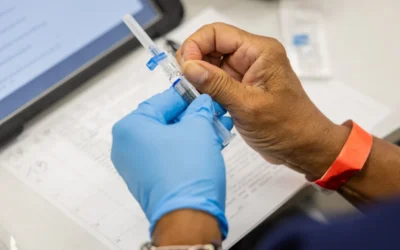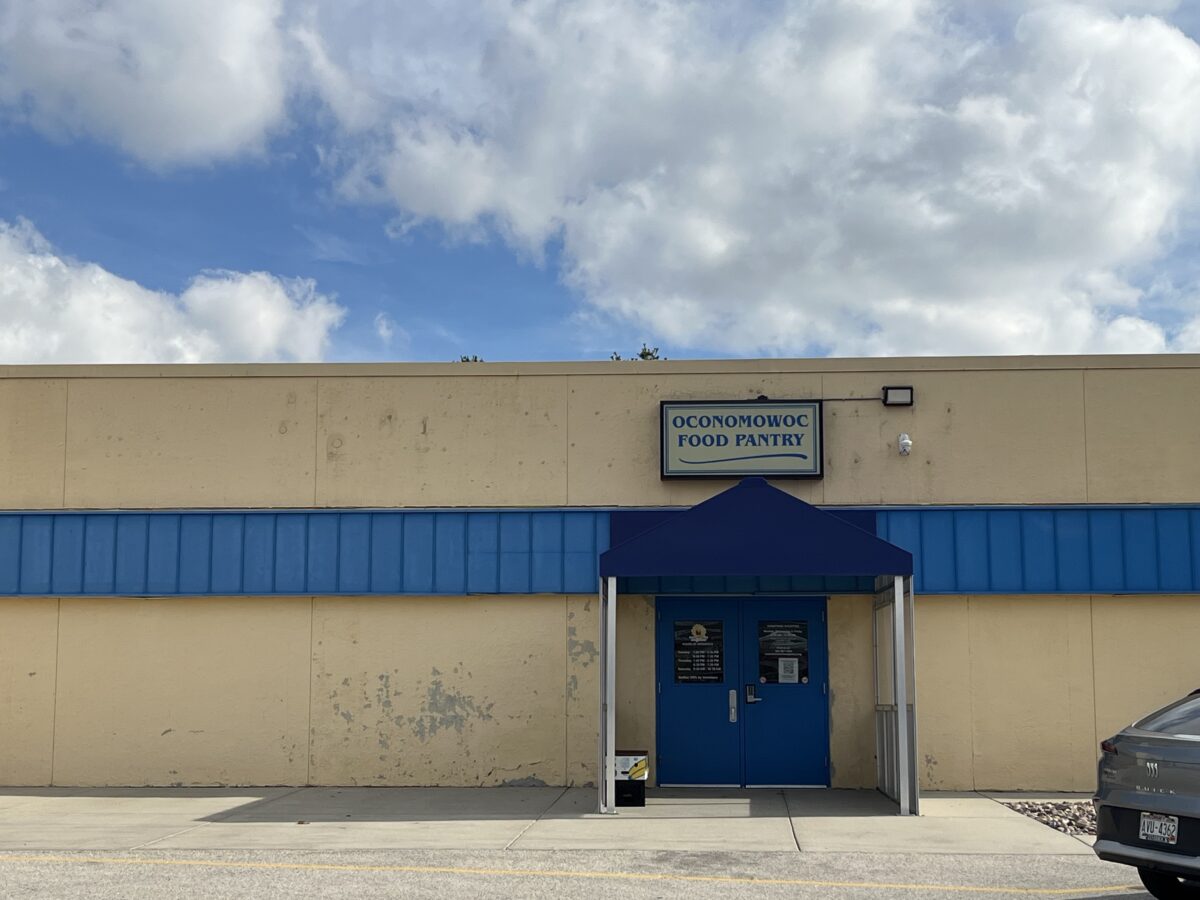
Wisconsin residents face struggles as SNAP funding disappears due to government shutdown. (Ellie Bourdo / UpNorthNews)
As the nation remains in a government shutdown, food assistance programs in Wisconsin are feeling the effects.
FoodShare, Wisconsin’s federal Supplemental Nutrition Assistance Program (SNAP), will likely run out of funding within the week if the shutdown continues, according to Gov. Tony Evers. This will affect about 700,000 Wisconsinites, according to the state Department of Health Services.
Maintaining full funding of the program requires about $114 million per month, according to Department of Health Services Secretary Kirsten Johnson. With FoodShare funding depleting, more Wisconsinites may turn to local food banks and pantries. According to Feeding America Eastern Wisconsin, food pantries are already facing an increased demand. Here are resources for those affected—and ways you can help your neighbors.
Related: ‘Weaponizing red tape’: How Wisconsin families on SNAP could go hungry within days
Where help is available
- Hunger Task Force in Milwaukee: This organization supplies emergency food to those in the surrounding Milwaukee area, with nearly 200 access points.
- Feeding America Eastern Wisconsin: Serving a 35-county region in eastern Wisconsin, this organization partners with more than 400 hunger relief sites to supply food to Wisconsin residents.
- Hunger Relief Federation of Wisconsin: This is a statewide association of independent food banks and pantries where individuals can identify a location near them where they can receive food assistance.
- Second Harvest Foodbank of Southern Wisconsin: Serving a 16-county area in southwestern Wisconsin, this organization partners with hunger relief organizations to provide food assistance.
- Channel One Regional Food Bank: This food bank supports individuals across La Crosse County and western Wisconsin by distributing food through food relief agencies.
- Feed My People Food Bank: The organization partners with 263 hunger relief programs across Northern Wisconsin to provide food to food pantries, meal sites, school markets, and more.
- St. Croix Valley Food Bank: Serving Burnett, Pierce, Polk and St. Croix counties, this organization partners with 55 hunger relief partners throughout western Wisconsin.
- Second Harvest Northland: This organization serves residents in northwestern Wisconsin by partnering with food distribution and hunger relief programs throughout the area.
- Dial 211 or text your ZIP code to 898-211: 211 Wisconsin is a free and anonymous service that connects residents with local food programs and services.
How you can support these organizations
- Donate money: Food banks can stretch monetary donations further by purchasing items in bulk.
- Donate food: Non-perishable goods or fresh produce (where allowed). It is advised to reach out to your local food bank to find out what items are in highest demand.
- Volunteer: Sorting, packing and distributing food at local food pantries is essential, especially as demand rises.

What is Halle Berry doing for Wisconsin women?
The actor and menopause advocate is speaking in support of a bipartisan bill to get better resources to doctors and patients. She did the same last...
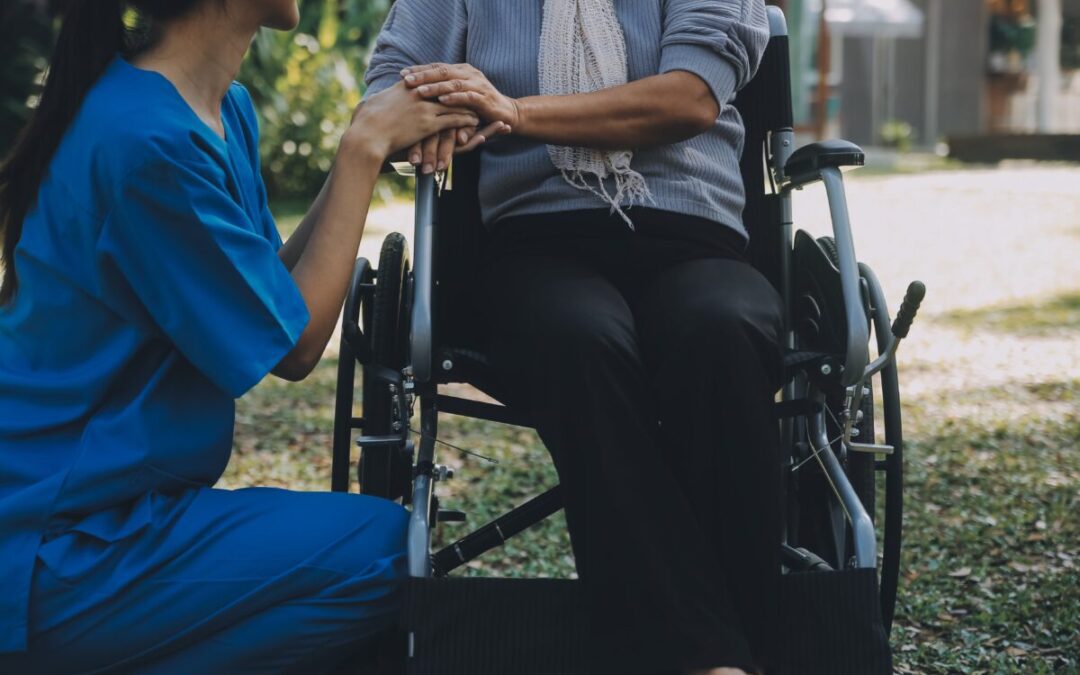
WI residents could be missing out on dual-plan health benefits
By Judith Ruiz-Branch Fall open enrollment starts Wednesday for Wisconsinites who are dual eligible for both Medicaid and Medicare, and...
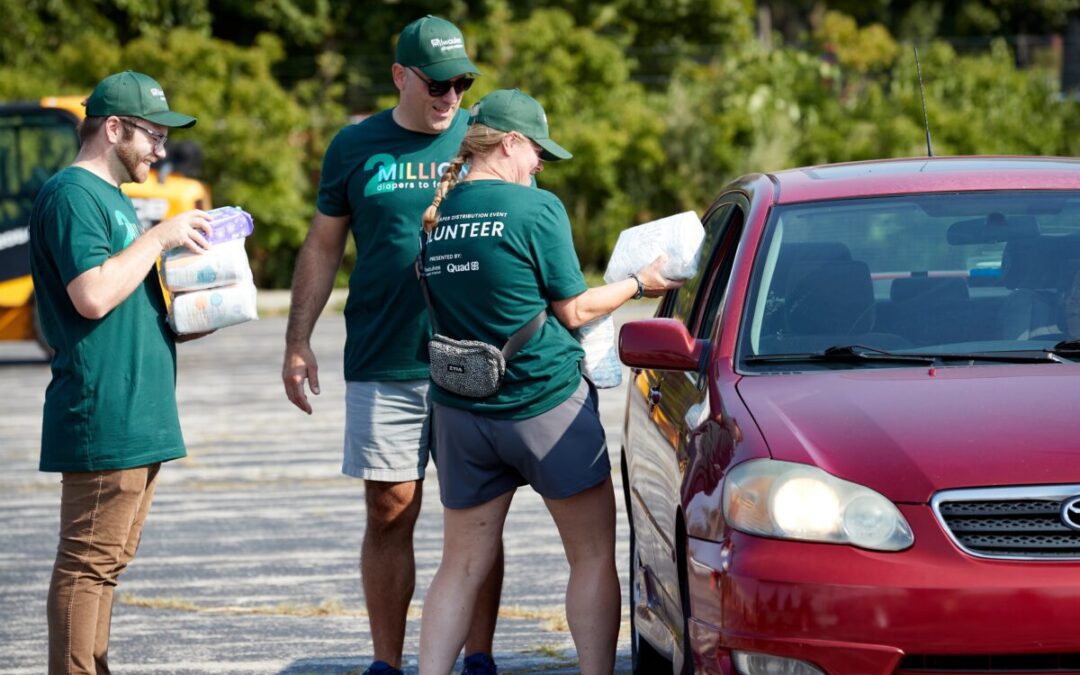
Meet the Milwaukee women raising money for National Diaper Need Awareness Week
Milwaukee Diaper Mission and Motherhood for Good work to collect donations for National Diaper Need Awareness week. The Milwaukee Diaper Mission and...
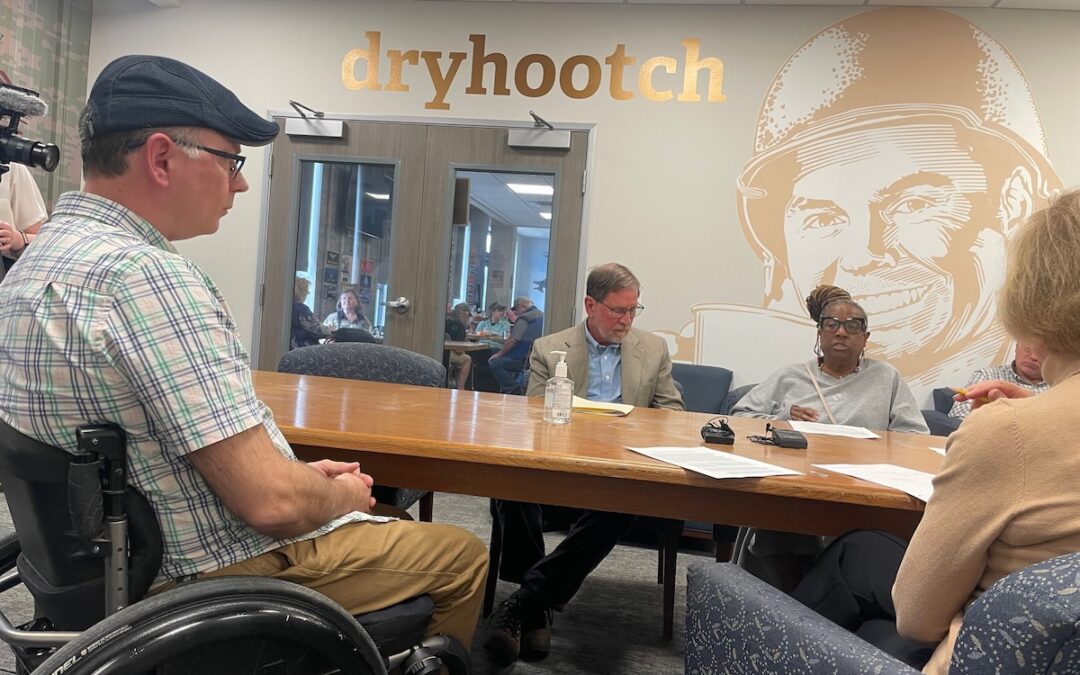
Every VA medical center in Wisconsin has severe staffing shortages, watchdog group finds
According to a recent report, Wisconsin's three VA health care systems―William S. Middleton Memorial, VA Tomah Health Care and Clement J. Zablocki...



